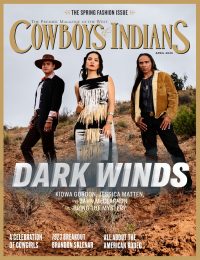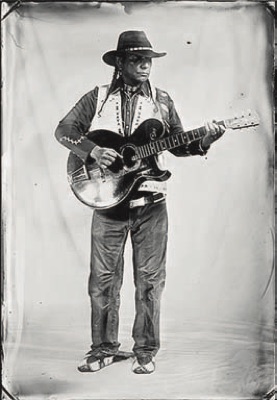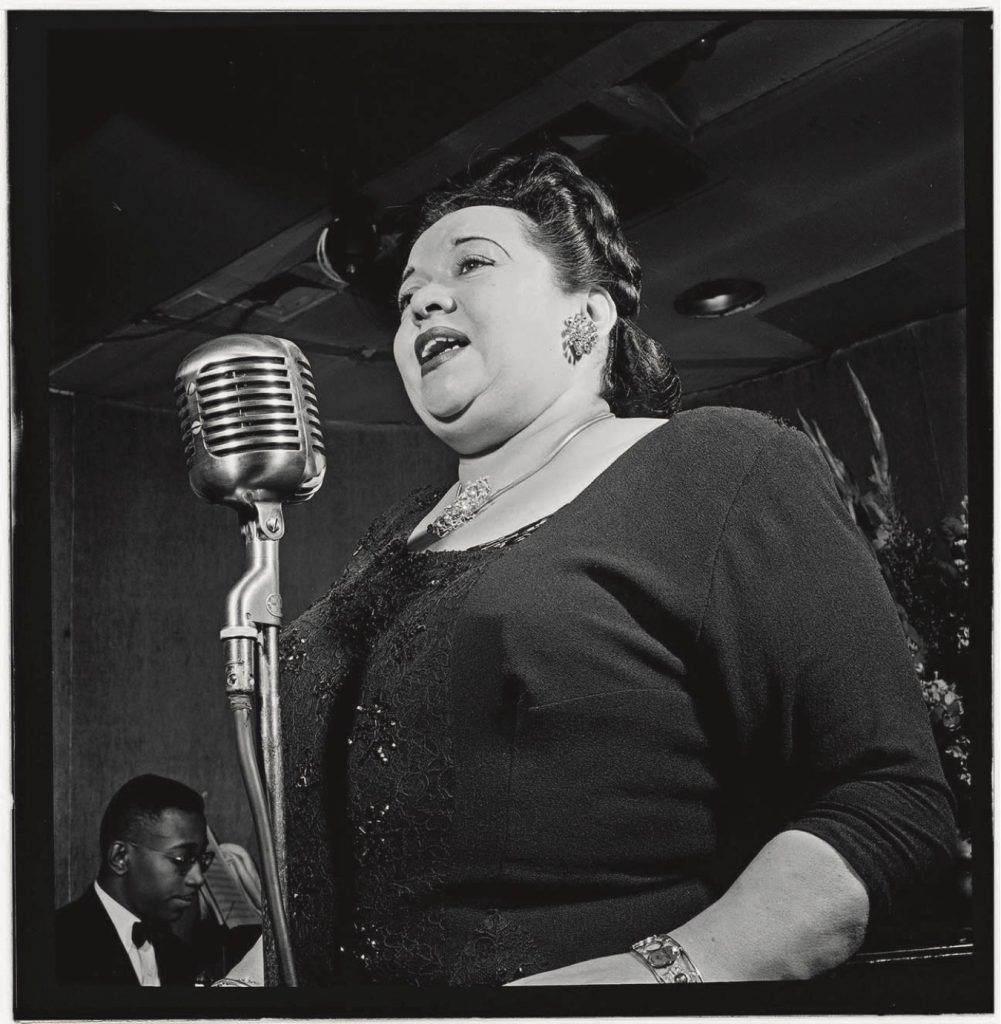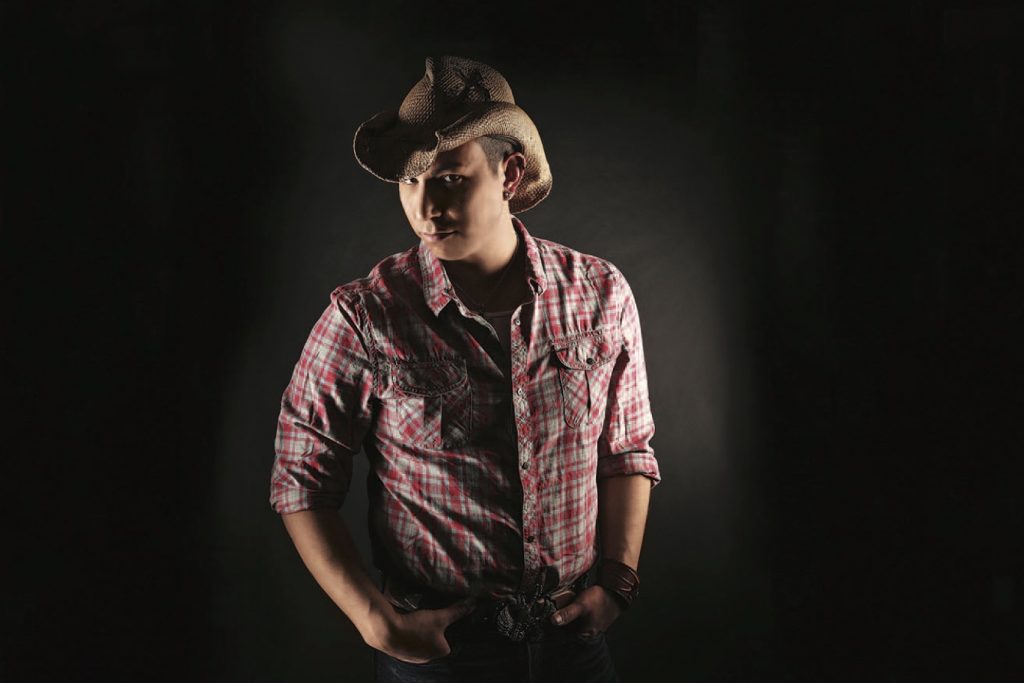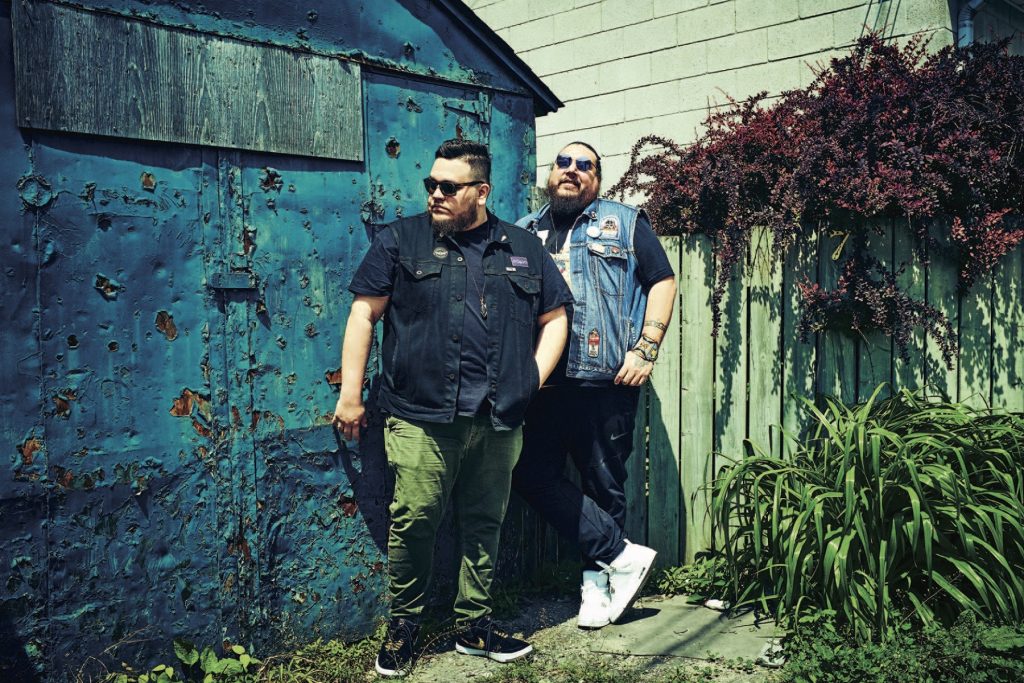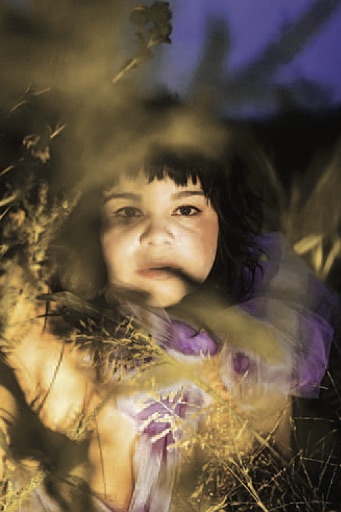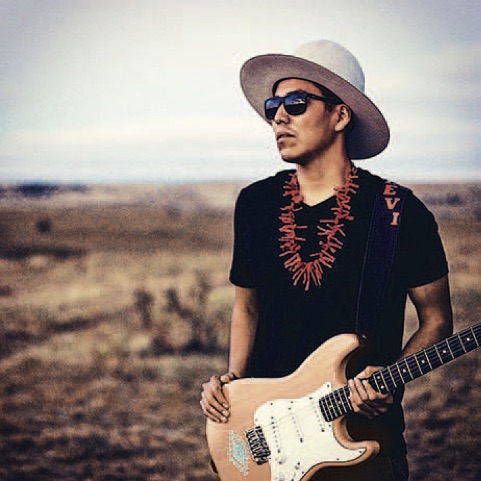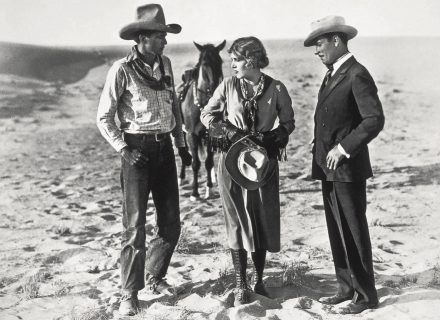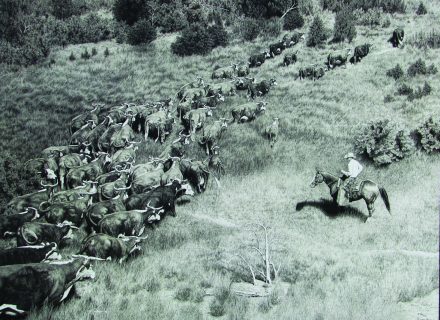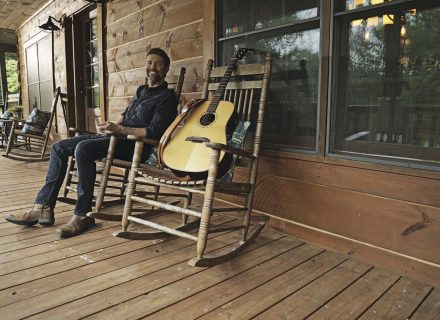Add these artists to your 2021 playlist, from Americana blues musician and enrolled Crow tribal member Cary Morin to First Nations DJ collective A Tribe Called Red.
Editor’s Note: The Real Deal is C&I’s 2021 entertainment feature where we share our recommendations for musicians, writers, entertainers, and podcasters who possess a common trait: unmistakable authenticity.
Cary Morin
There’s so much we didn’t know about phenomenal Americana blues musician and enrolled Crow tribal member Cary Morin. Like the fact that the Colorado-based guitar virtuoso tours America with a 10-pound Shih Tzu named Zeus.
If that doesn’t immediately endear Morin to you, his new record, Dockside Saints, surely will. His 2017 Cradle to the Grave made some aficionados’ lists of the top recordings of the year thanks to Morin’s deft fingerstyle guitar and soulful storytelling singing. His acoustic Native Americana powers are in full flower on the new Dockside Saints, this time with a New Orleans flavor and featuring an all-star cast of top-notch players from the Lafayette, Louisiana, area. Recorded at the renowned Dockside Studio in Vermillion Parish, it was produced by the multi-Grammy-winning Tony Daigle.
Press materials describe Dockside Saints as “a spirited gumbo combining zydeco, Cajun, and Creole with generous portions of Piedmont blues and country, and dashes of gospel and folk.” Consider the homage Morin pays to his Native American heritage the secret ingredient that makes his music so deliciously soul-satisfying.
The fourth track, “Valley of the Chiefs,” touches on that Crow heritage: “We are the children of the long-beaked bird / traveling as captives into the night / taken far from the valley / no tears were cried / toward the eastern light.”
“It’s based on a true story told by my great-grandmother at my Crow naming ceremony when I was about 4 years old,” Morin says. “It tells of when she was a teenager and was kidnapped by a neighboring tribe. When women were kidnapped back then, they were destined to a life of servitude. She and her friends escape the warriors and are able to steal their horses and ride back home. The moral of the story from my great-grandmother to me was that there is nothing in life that you cannot overcome.”
Morin believes his great-grandmother gave him the story to teach him perseverance in the face of any obstacles he might experience in life. He wrote “Valley of the Chiefs” as a “memory of my life and my culture.” He’s written songs about the Crow side of his family for years. “Not many of those songs were ever published until recently in my career,” Morin says. “Earlier in my life, I probably thought that sharing these stories and family history was too personal.”
But these days he thinks it would be interesting to ask other Crow people about their own specific naming ceremony stories. “Now I feel it is important to share this history and continue the oral history of my people. I’ve always wanted to hear this song with a different presentation. I had previously recorded it as a solo tune. I wanted a presentation with sweeping melodic lines.”
Morin constantly finds inspiration in his Indigenous heritage and seeks out Native culture wherever he finds himself. He typically can be found touring the country with Zeus and his wife-manager, Celeste, the cowgirl of his former duo act Cowgirl & NDN.
“The ancient Native culture of the South has been an inspiration as it relates to our travels and what has become an annual pilgrimage to the Mississippi Valley,” he says. “As Celeste and I traverse this country, my eyes are flooded with landscapes and visions that gift me with an endless supply of songs. This new collection represents our annual migration, just as my ancestors migrated from this region to the Western plains so many centuries ago, sharing culture through music and more along the way. It is the product of our imagination of what was, and what has become our love of the sounds of the South.”
Mildred Bailey
Mildred Bailey will take you on a melodious rediscovery of the best of vintage 1930s and ’40s jazz. A favorite of Frank Sinatra’s, she pioneered a vocal swing style that gave her handles like “Mrs. Swing,” “The Queen of Swing,” and “The Rockin’ Chair Lady” (after her Hoagy Carmichael theme song “Rockin’ Chair”). Bailey was born Mildred Rinker in Idaho and grew up on the Coeur d’Alene reservation, where her mother was an enrolled tribal member. The Indian songs of her youth shaped her style: “I don’t know whether this music compares with jazz or the classics, but I do know that it offers a young singer a remarkable background and training. It takes a squeaky soprano and straightens out the clinkers that made it squeak; it removes the boom from the contralto voice, this Indian singing does, because you have to sing a lot of notes to get by, and you’ve got to cover an awful range.” That quotation and much more about her can be found in Chad Hamill’s essay “American Indian Jazz: Mildred Bailey and the Origins of America’s Most Musical Art Form” from the book Indigenous Pop: Native American Music From Jazz to Hip Hop (University of Arizona Press, 2016). If you’d rather just swing and not read, check out her music on YouTube and Amazon. No anthology really captures Bailey fully, but if you start with “Rockin’ Chair,” “It’s So Peaceful in the Country,” “Fools Rush In,” and “Georgia on My Mind” you’ll understand why so many future greats emulated her. BTW: She is credited with discovering Bing Crosby.
Matt James
Matt James won the 2019 Native American Music Award for Best Country/Americana Recording for an album that almost wasn’t. The Mattagami First Nations (Ontario, Canada) musician had long been a hardworking bass player with the Canucky Bluegrass Boys and an award-winning songwriter. But James wasn’t doing what his Grandma Naveau had encouraged him to do from an early age: “Go and share that beautiful voice — that is your gift from the Creator.”
He nearly blew his first chance to do just that when Nashville producer Kenny Royster called and James, thinking it was a telemarketer, hung up on him. Fortunately, Royster called back.
The poignant part: The album is dedicated to and inspired by Matt’s father, James Naveau, a miner, who died just before Matt left for the United States to make the record. “My dad came to me in a dream, and I was seeing through his eyes,” James told Canada’s Anishinabek News. “He was connecting a detonator and a big piece of rock fell and just missed him. His life was spared and he dropped to his knees and prayed. And what he said are the lyrics to the song, word for word.”
A Miner’s Prayer features that title track and seven additional songs — charismatic country that would make Grandma Naveau proud of her boy. There’s no Canada-U.S. border here; it’s seamless proof of an authentic gift of a voice, recorded with a bevy of musicians who have played with big names like Sugarland, Taylor Swift, Big & Rich, Carrie Underwood, and Florida Georgia Line, along with backup singers who perform with Faith Hill and Tim McGraw.
A Tribe Called Red
First Nations DJ collective A Tribe Called Red from Ottawa, Canada, makes big-beat powwow-step or electric powwow. Think electronic dance music that melds hip-hop, dubstep, and powwow. But it’s more than a party on the dance floor: ATCR puts out positive messages ranging from Indigenous self-identity to social solidarity to land sovereignty. Their 2019 “Tanokumbia” found the 2018 Juno Awards Group of the Year collaborating with Quebecois powwow singer-drummer group Black Bear along with Corpus Christi, Texas-based nu-cumbia DJ-producer El Dusty, who brought his pioneering Southern-border sounds to the boundary-dismantling track. While you wait for them to tour again, dig into ATCR’s earlier work: albums A Tribe Called Red (2012), Nation II Nation (2013), We Are the Halluci Nation (2016); EPs Moombah Hip Moombah Hop (2011), Trapline (2013), Suplex (2105), and Stadium Pow Wow (2016), and performances on YouTube, including a 2018 TED Talk.
Samantha Crain
Samantha Crain (Choctaw) has been a C&I favorite ever since we were first introduced to this Oklahoma multihyphenate artist: singer-songwriter-musician-producer. She has toured with the Avett Brothers, among many others. After a series of car accidents and a long and harrowing recovery period, she came out in July 2020 with A Small Death. But start at the beginning of her discography and go total immersion; be sure to Google a YouTube live performance of “Red Sky Blue Mountain” to hear her sing in Choctaw and witness how with just her spare guitar, unaffected voice, and genuine creativity she commands the stage and transfixes the audience.
Shelley Morningsong
If you’re a Bonnie Raitt or Eva Cassidy fan, New Mexico’s Shelley Morningsong (Cheyenne) should be on your playlist and live-performance bucket list. The 2019 Native American Music Awards Artist of the Year and winner of Best Blues Recording for her sixth album, Simple Truth — on which you’ll find her jazzy take on “Wade in the Water” — she’s got lots of knowing and heritage in her deeply soulful voice. If you haven’t connected with her since 2011’s Full Circle and 2013’s “Love Came to Rescue Me” from Love Medicine, it’s well past time to re-up your inspiration. She frequently performs with her husband, traditional-dancer and storyteller Fabian Fontenelle.
Supaman
Supaman is an Apsáalooke rapper and fancy dancer. Born in Seattle, he grew up in Crow Agency, Montana. There’s no way to describe the powerful impact of one of his performances — just watch him on YouTube performing live in a studio as he creates “Prayer Loop Song” before your eyes and be prepared to pray or get prayed for.
Levi Platero
Blues guitar aficionados will want to check out New Mexico’s Levi Platero (Navajo), who grew up in his family band the Plateros and is now burning up the fretboard as a solo artist with the Levi Platero Band.
Photography: Images courtesy Tim Duffy and Aaron Greenhood, Tin Type, Library of Congress, Matt James, Matt Barnes Photography, Joanna Grace Babb, Jacob Shije
From our January 2021 issue.



